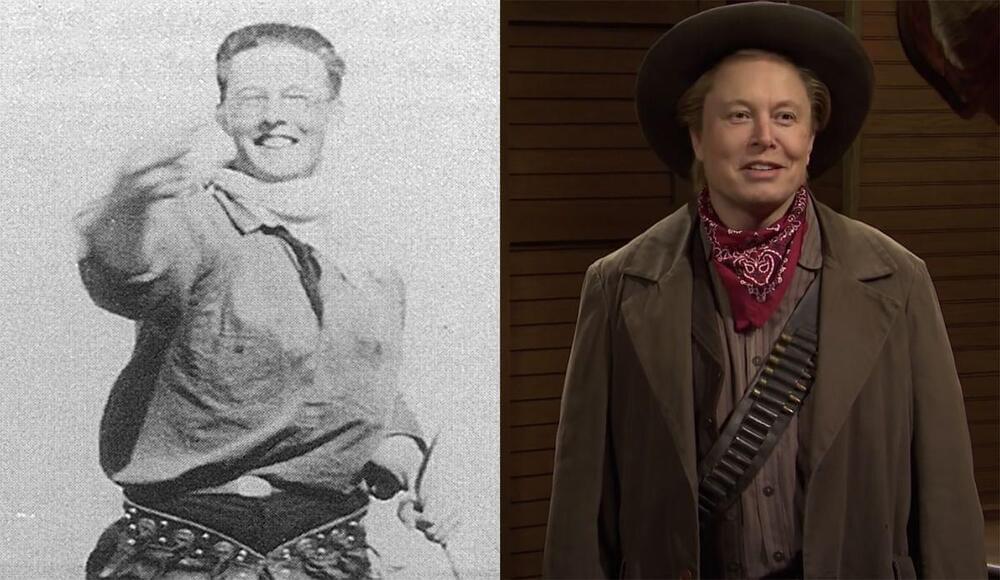Advances in Artificial Intelligence, neuroscience and robotics have gotten us to a point where people might want to replace their biological limbs with robotic limbs due to there being more and more advantages with every passing day. Things like improved movement, intelligent controlling systems with the help of machine learning AI can help you control these limbs better than you could control your regular old arms, legs and hands.
But how long until we can finally live out our transhuman fantasies and become cyborgs? All this, and a bunch of new and futuristic scientific discoveries in this one review showcasing the most advanced AI Controlled Prosthetics.
–
Every day is a day closer to the Technological Singularity. Experience Robots learning to walk & think, humans flying to Mars and us finally merging with technology itself. And as all of that happens, we at AI News cover the absolute cutting edge best technology inventions of Humanity.
If you enjoyed this video, please consider rating this video and subscribing to our channel for more frequent uploads. Thank you! smile
–
TIMESTAMPS:
00:00 The Future of Humanity?
00:53 Why Prosthetics are necessary.
02:23 The History of Prosthetics.
03:56 Robotic Limbs Today.
05:59 What are the limits?
07:42 Last Words.
–
#transhuman #cyborg #bci
